Sometimes the temptation is just too hard to bear. The laundry basket is full, you’ve a party on the approach, and the high street has ‘Sale’ signs on every corner. New clothes now, and worry about the cost later, right?
But in recent years it’s become increasingly publicised that this throwaway, casual attitude to our consumerism needs to change. In fact, the fashion industry is “the second-biggest consumer of water and is responsible for about 10% of global carbon emissions – more than all international flights and maritime shipping combined“, according to Earth.org.
For both cost and eco-conscious fashionistas, the first step to an ethical and sustainable wardrobe is to take every step necessary to ensure your clothes have longevity; simply better for the planet and for people. With that in mind, here are 6 great ways to make your clothes last longer.
Step Up Your Sewing Game
If you’ve been prioritising quantity over quality in your clothes buying (more on that later), then you’ll probably be aware of the modern concept of ‘skimpflation’, which has seen consumers observe a drop in quality in all manner of services and products as prices rise and the cost of living bites.
The quality of clothes has certainly suffered, with items shrinking after a single wash, bobbling after a single day being worn, and experiencing wear and tear quicker than ever before.
Hands up if you’ve thrown away a shirt after a button falls off, or a pair of jeans after you tore the knee? Us too, and we’re ashamed of it. Leave that shame at the door; it’s time to get skilled with the sewing machine. Whether you’re adding a shiny button to that beloved shirt or sewing up that rip in your jeans, being handy with the needle and thread can really help you extend the wardrobe-life of your clothes.
Using patches of fabric (again, more on that later) is a brilliant way of mending holes. Moreover, you can breathe new life into old clothes by using embroidered patterns or brightly patterned patch designs. If you’re not so skilled at sewing but are still keen on the ethos of repairing rather than buying then consider taking your clothes to a tailor instead.
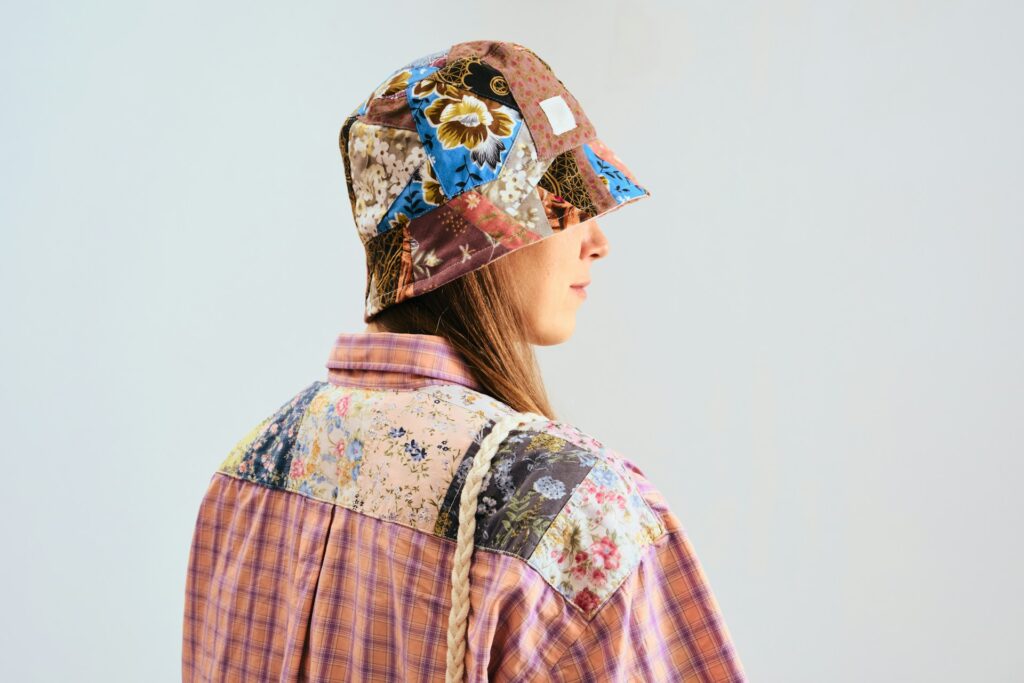
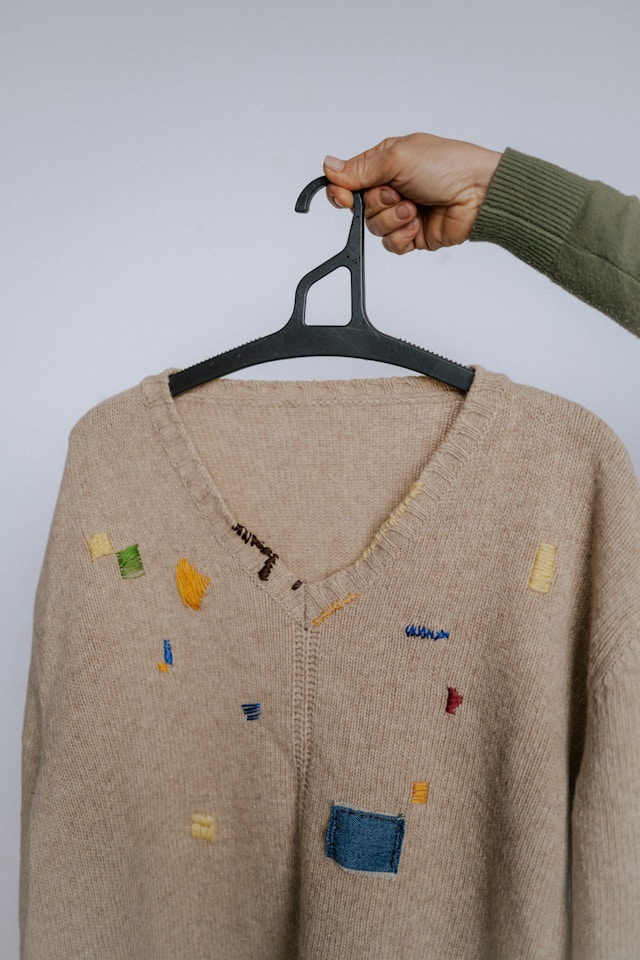
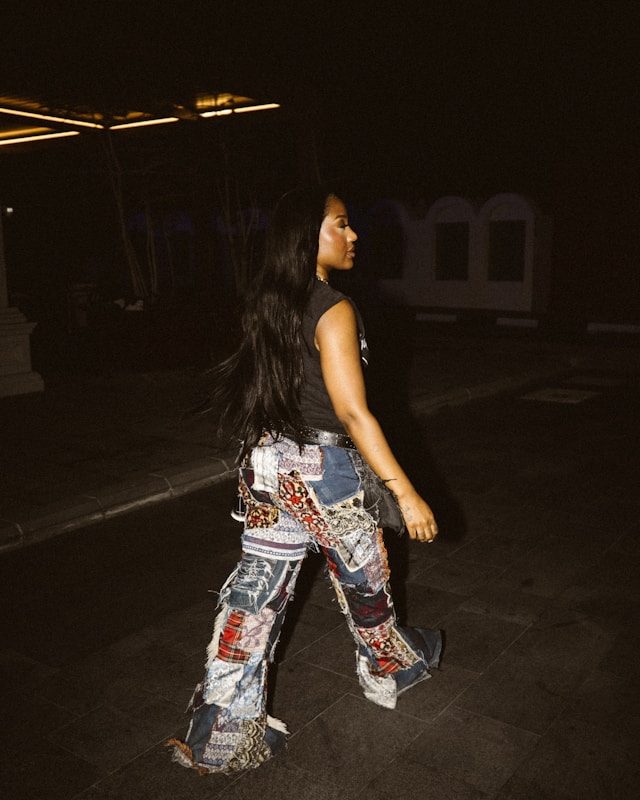
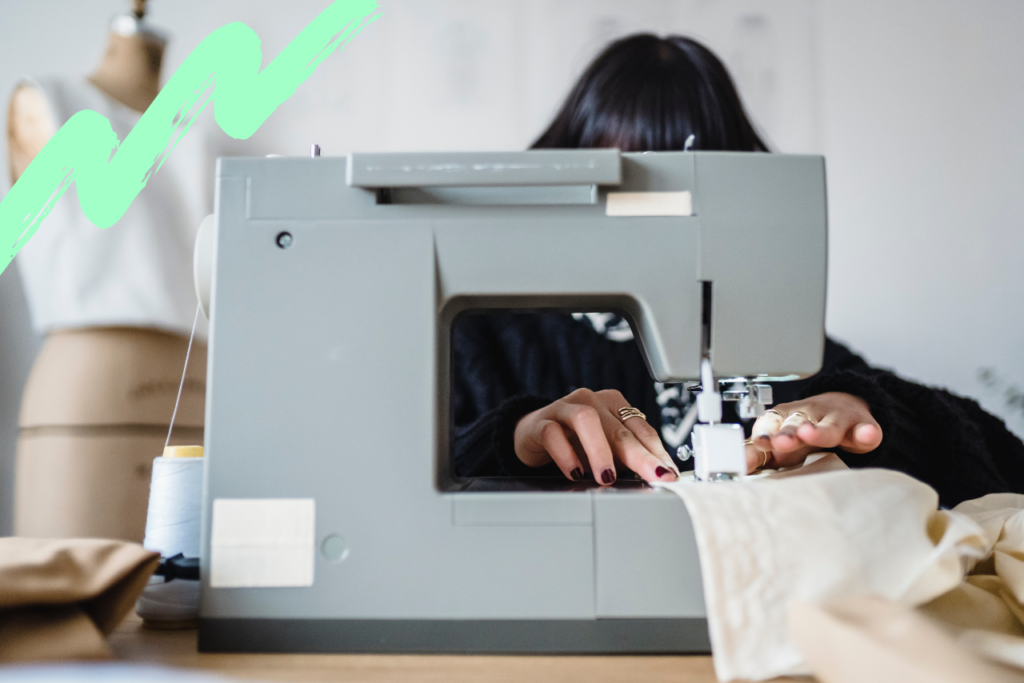
Re-Purpose & Re-Fashion
Don’t stop at mending clothes that have become worn and torn. Repurposing items already in your wardrobe or upcycling old clothes that are still in good condition but not necessarily in fashion is a smart, savvy way to readdress your wardrobe and redress yourself.
If you’re handy with the old thread and needle, you could repurpose old items and turn them into something new and groovy in no time. Indeed, giving a new lease of life to a benched item of clothing will extend the longevity of your clothes limitlessly. And that’s exactly what you’re here for, right?
Why not update old clothes to respond to different times of year? Ensuring your wardrobe is always up to date and in season, you could deploy a patch of bee fabric to mark the arrival of spring and the onset of pollen. Or, how about embroidering the outline of a Norway spruce on an old sweatshirt instead of buying another Christmas jumper that you’ll only wear once? The possibilities are endless!
Your throwaway items don’t even have to become a new piece of clothing to keep your environmental credentials intact. You could take your old jumpers and turn them into a quilt, for instance, so think outside the box.



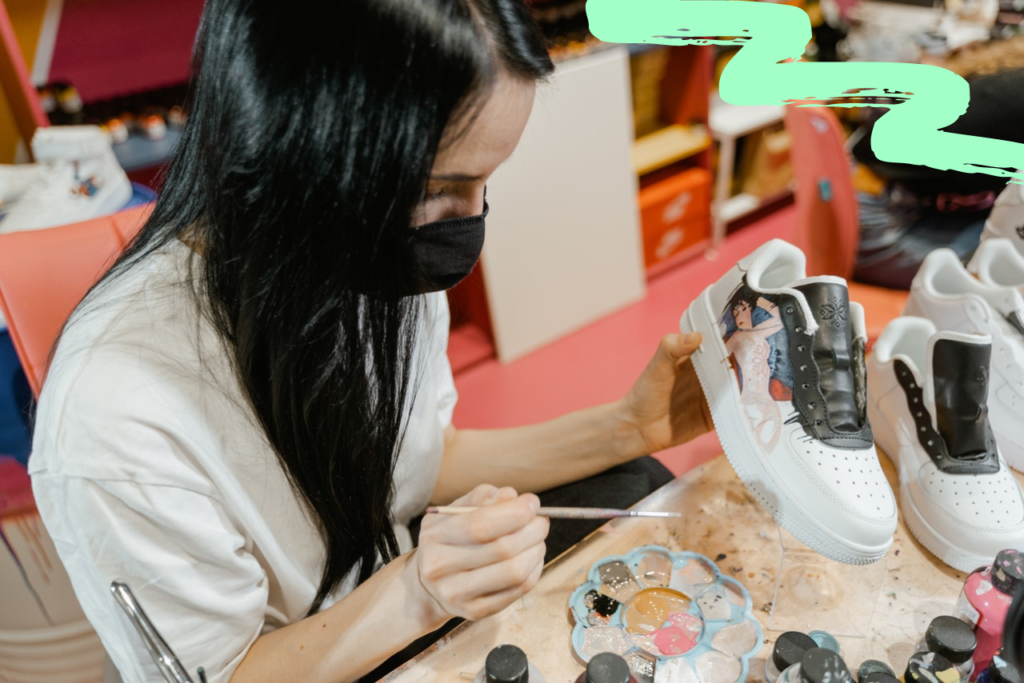
Rotate Your Wardrobe Regularly
Just as you wouldn’t wear the same pair of shoes every single day (as this causes excessive wear and tear), the same principle applies to your entire wardrobe. Rotating your clothes gives each piece time to ‘rest’ between wears, allowing fabrics to recover their shape and elasticity. Create a system where you cycle through similar items – for instance, if you have multiple work shirts, ensure you’re not always reaching for the same one.
Nowhere is this more important than with items worn daily out of necessity, like school uniforms. The experts at Clive Mark, specialists in durable schoolwear, recommend having multiple pieces to rotate between – a practical and economical choice for parents that significantly extends the life of each garment.
This practice is also essential for items like knitwear, which can become misshapen if worn repeatedly without rest. Additionally, proper rotation prevents certain areas of clothing (like the elbows in sweaters or the seat in trousers) from wearing out prematurely due to constant use.
Read: 7 essential tips on building the IDEAL minimalist wardrobe
Wash Less, Dry With Extra Care
The more you wash your clothes, the more they fade. Indeed, we’ve all felt the disappointment of a favourite t-shirt shrunk or warped by too hot a wash or lengthy spin cycle.
Hot washes and even hotter tumble dryers can shrink, fade and ruin your clothes, so unless it’s visibly dirty or makes your nose twitch from the smell, don’t wash them. If you do need to, then air-drying remains the best choice for extending garment life.
As a rule of thumb, try to wear your garments three times before putting them in the laundry basket (and with jeans, even nine or ten times!). What’s more, you should sort your washing out properly to maintain the quality and appearance of your clothes, and we don’t just mean separating darks from whites; keep light fabrics away from heavy ones and soiled garments away from less soiled, for starters.
There’s plenty more to consider in washing machine best practice; don’t overload washing machines; wash jeans inside out to prevent colour fading; make sure all zips are done up, stick velcro together and tie drawstrings to avoid catching them catching the drum. The list goes on.
And remember that there are dry wash products out there designed specifically for clothes which revive your clothes from being just-worn to just-washed, helping to extend the life of your clothes with a simple spritz, all by reducing the need to wash your clothes in the first place.
Finally, for larger, more precious pieces, dry cleaning makes sense. Doing so can help in extending your clothes’ lifespan as it avoids fibre damage and shrinkage which often occur with regular washing. This method of cleaning also carefully removes stains and maintains the original colour and texture of your garments, keeping them looking as good as new for longer.
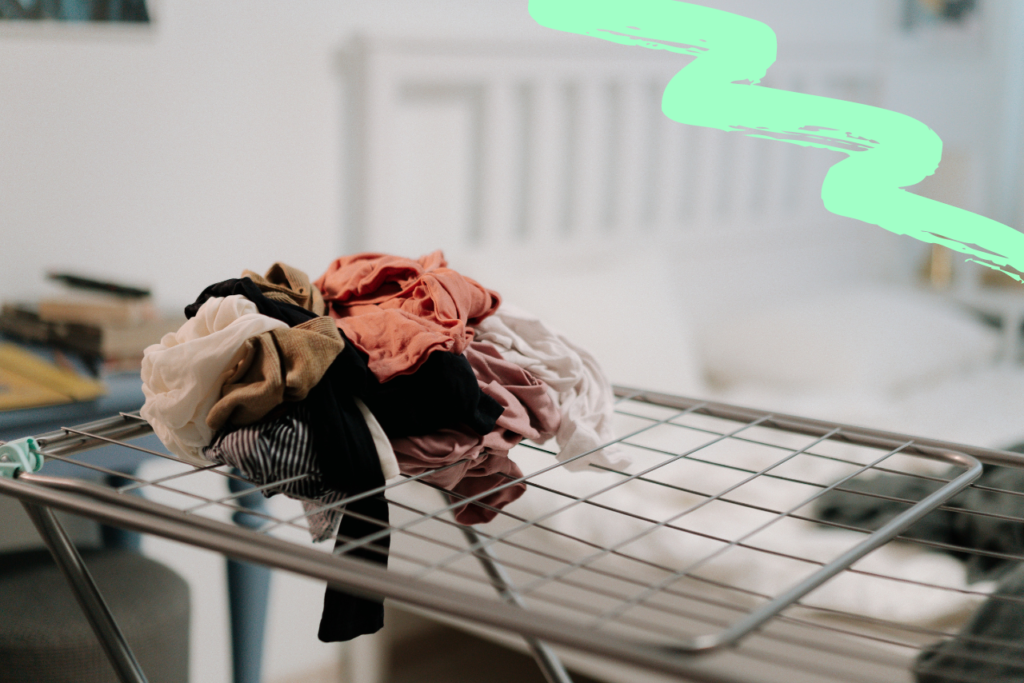
Quality, Not Quantity
Fast fashion, where clothing has become a single-use purchase, destined for landfill after just one wear, is a major problem and needs to be acknowledged as such. The impact this has on the environment doesn’t need to be spelt out, but the impact on your bank balance can be a little more complicated.
Though cheaper clothes are, on the face of it, kinder to your wallet, if they’re becoming unwearable after only a couple of washes or outfit changes, then it’s clear that they don’t represent a smart investment after all. There is, in fact, a whole socioeconomic theory devoted to this concept; the ‘boots theory’.
First popularised by famous fantasy writer Terry Pratchett in his book Men at Arms, and discussed by the experts at Money Wise, Pratchett wrote that,
”A really good pair of leather boots cost $50. But an affordable pair of boots, which were sort of OK for a season or two and then leaked like hell when the cardboard gave out, cost about $10.
“Those were the kind of boots Vimes always bought, and wore until the soles were so thin that he could tell where he was in Ankh-Morpork on a foggy night by the feel of the cobbles.
“But the thing was that good boots lasted for years and years. A man who could afford $50 had a pair of boots that’d still be keeping his feet dry in 10 years’ time, while the poor man who could only afford cheap boots would have spent a hundred dollars on boots in the same time and would still have wet feet.”
Whilst the theory is used here to cast a light on socioeconomic unfairness and inequality, we can also use it to inform our shopping habits. If you are able to invest a little more in a quality piece of clothing, you’ll likely see greater longevity from the item, which will, in turn, be kinder to your wallet. Result!
Master Proper Storage Techniques
Cheap wire hangers or even cheaper plastic ones aren’t good for your clothes or the environment. And we’re here to talk about both. This is because they don’t support your wardrobe items properly and can even cause misshapen shoulders. Prevent hanger-related clothing incidents by investing in quality, non-slip hangers. You should also store clothes in cool, dry places away from natural sunlight.
Beyond just using quality hangers and avoiding direct sunlight, there’s a whole science to storing different types of clothing. Knitwear should be folded rather than hung to prevent shoulder stretching. Delicate items like silk blouses should be stored in breathable garment bags to protect them from dust while allowing air circulation.
For seasonal storage, clean your clothes thoroughly before packing them away, and use cedar blocks or lavender sachets instead of mothballs – they’re natural alternatives that keep moths at bay without harsh chemicals. When storing jeans, fold them with the legs aligned and avoid hanging them by the belt loops, which can cause distortion. For shoes, invest in shoe trees to maintain their shape and absorb moisture, significantly extending their lifespan while preventing odours and deterioration.
And with that, we hope your wardrobe is looking as fresh and environmentally-friendly as possible this season!





